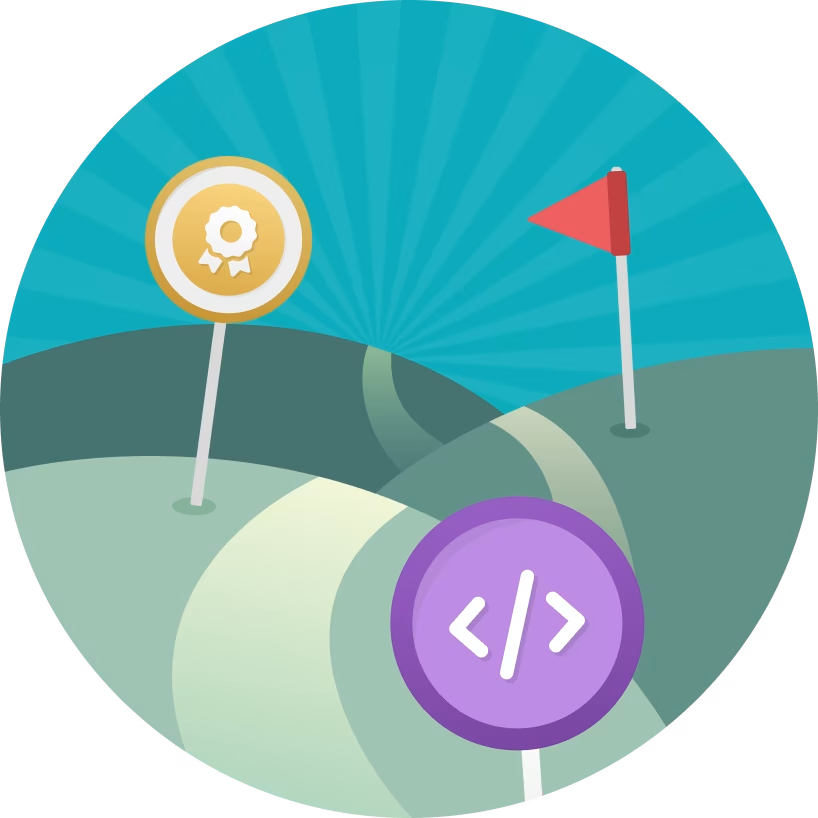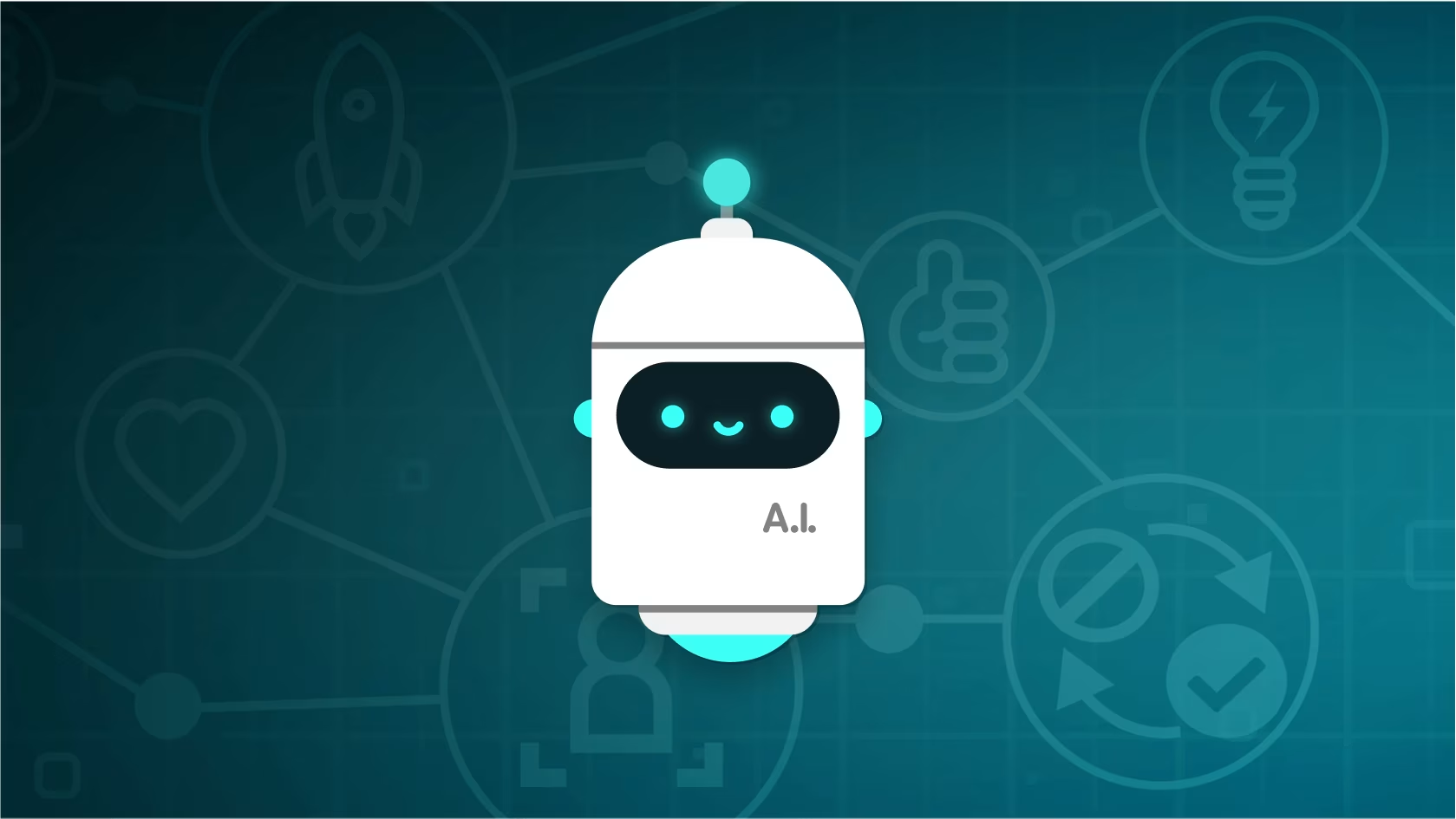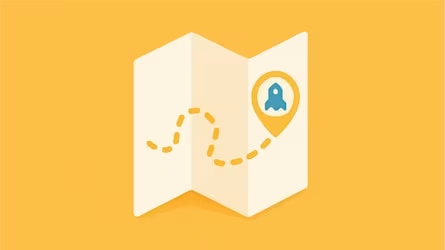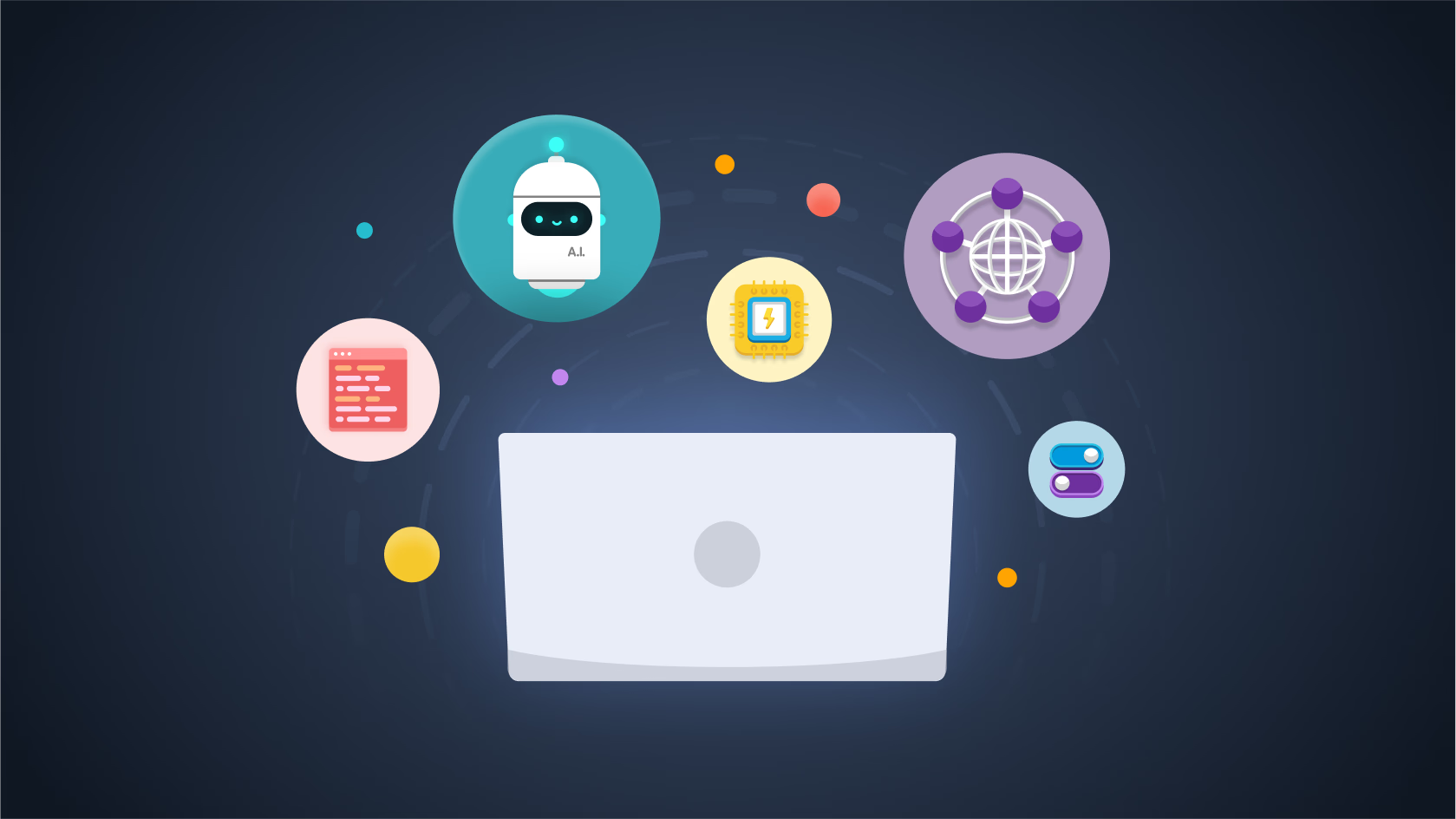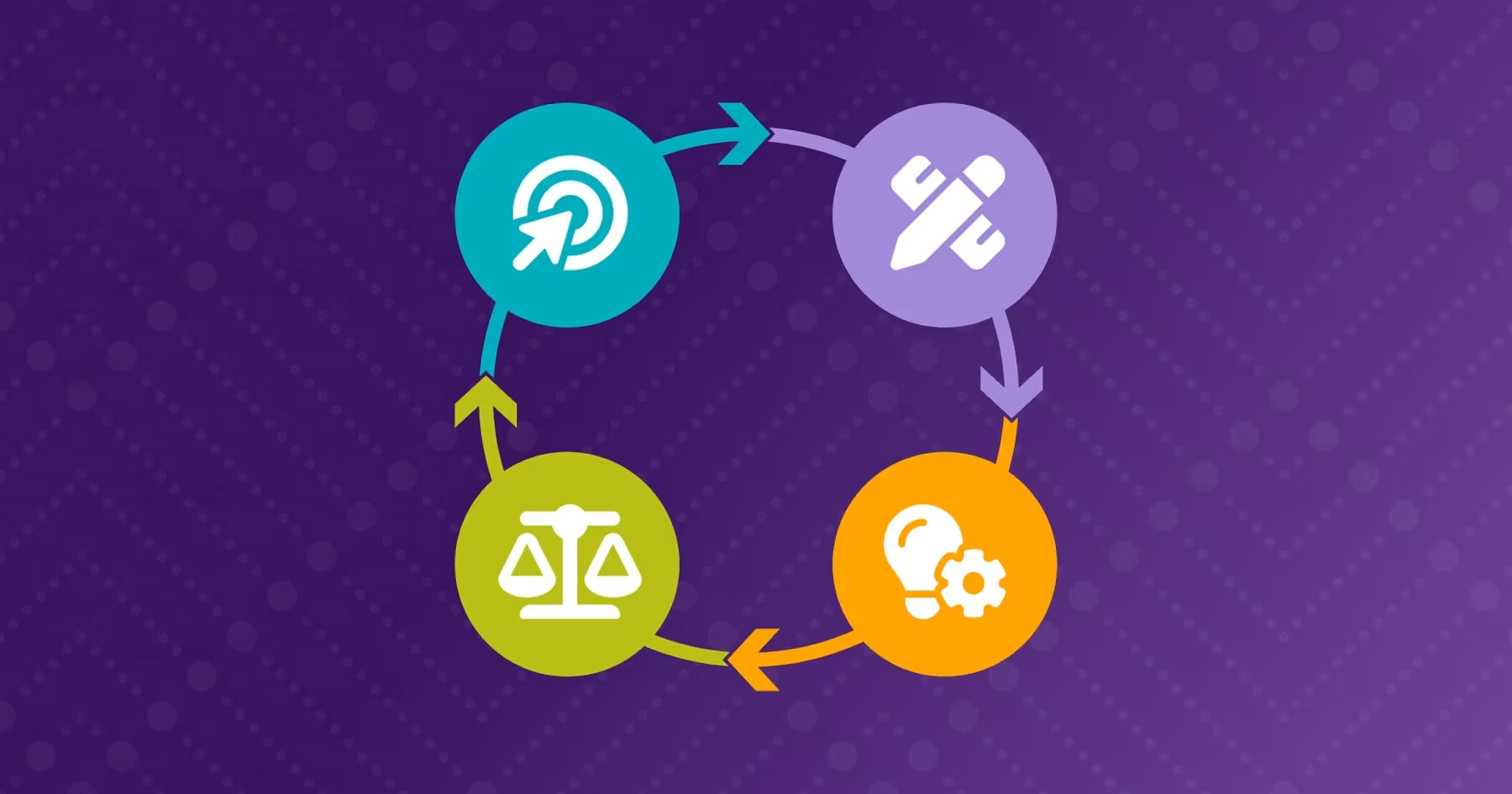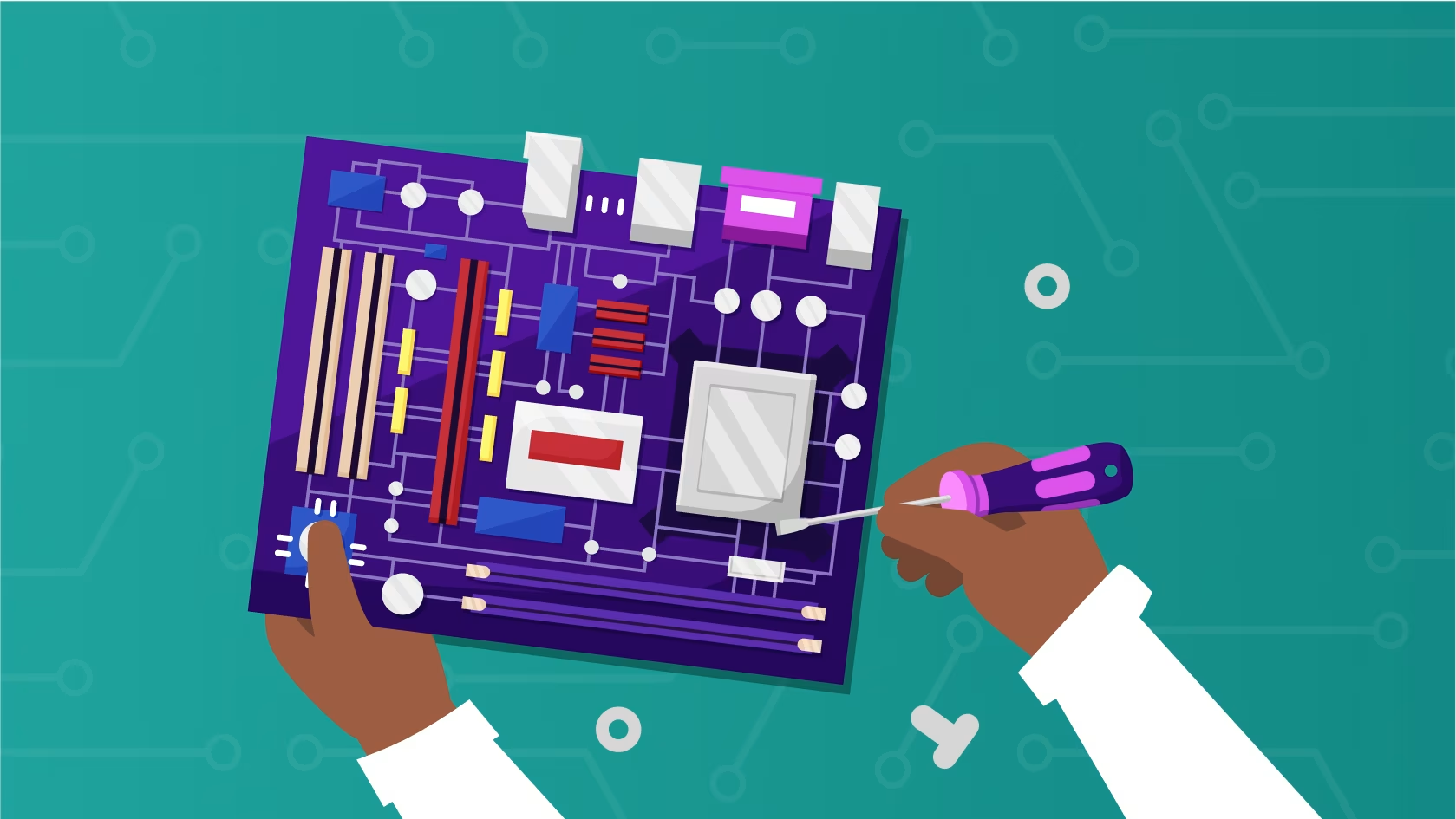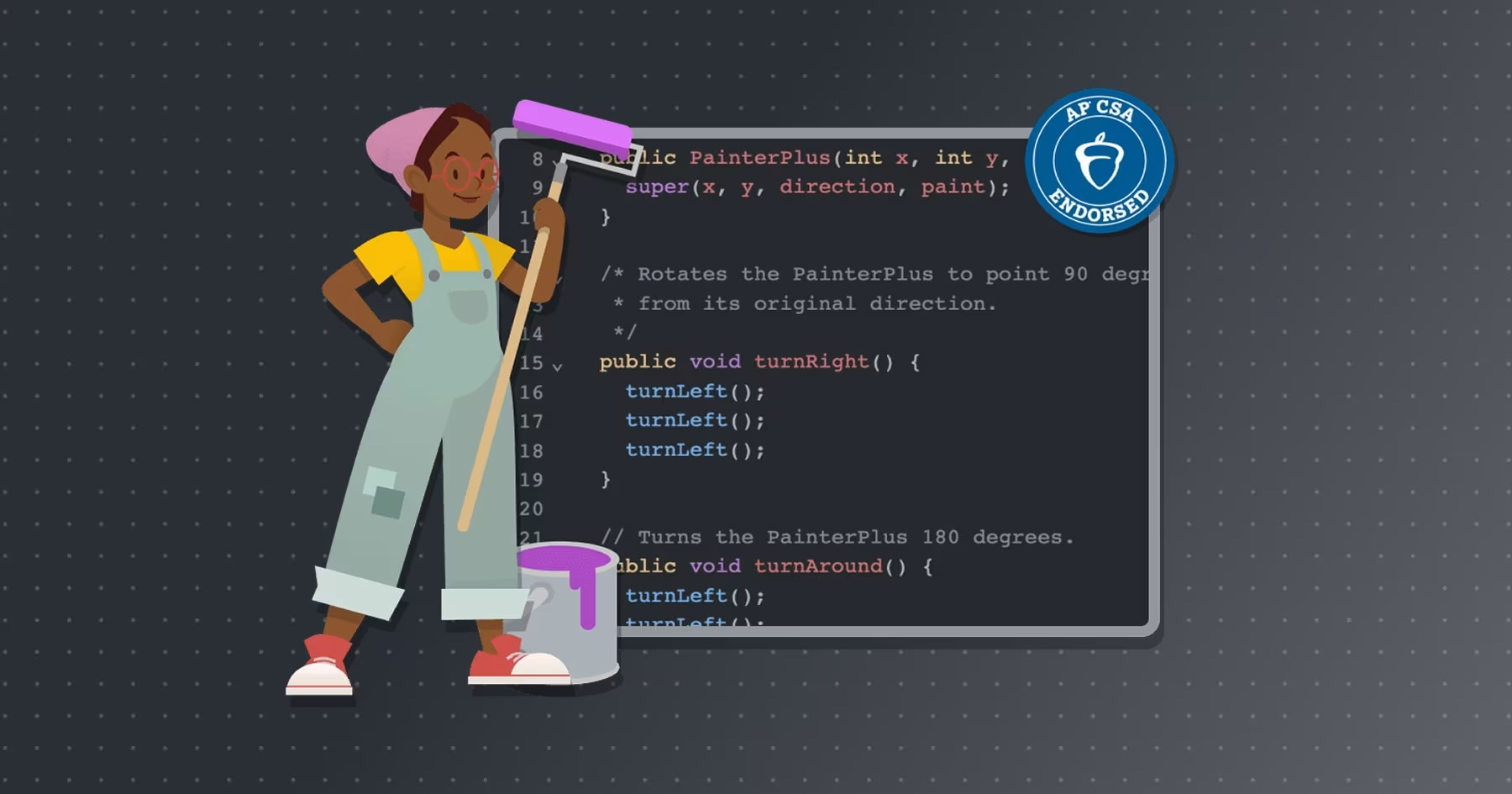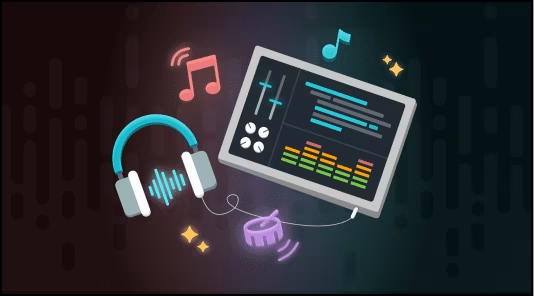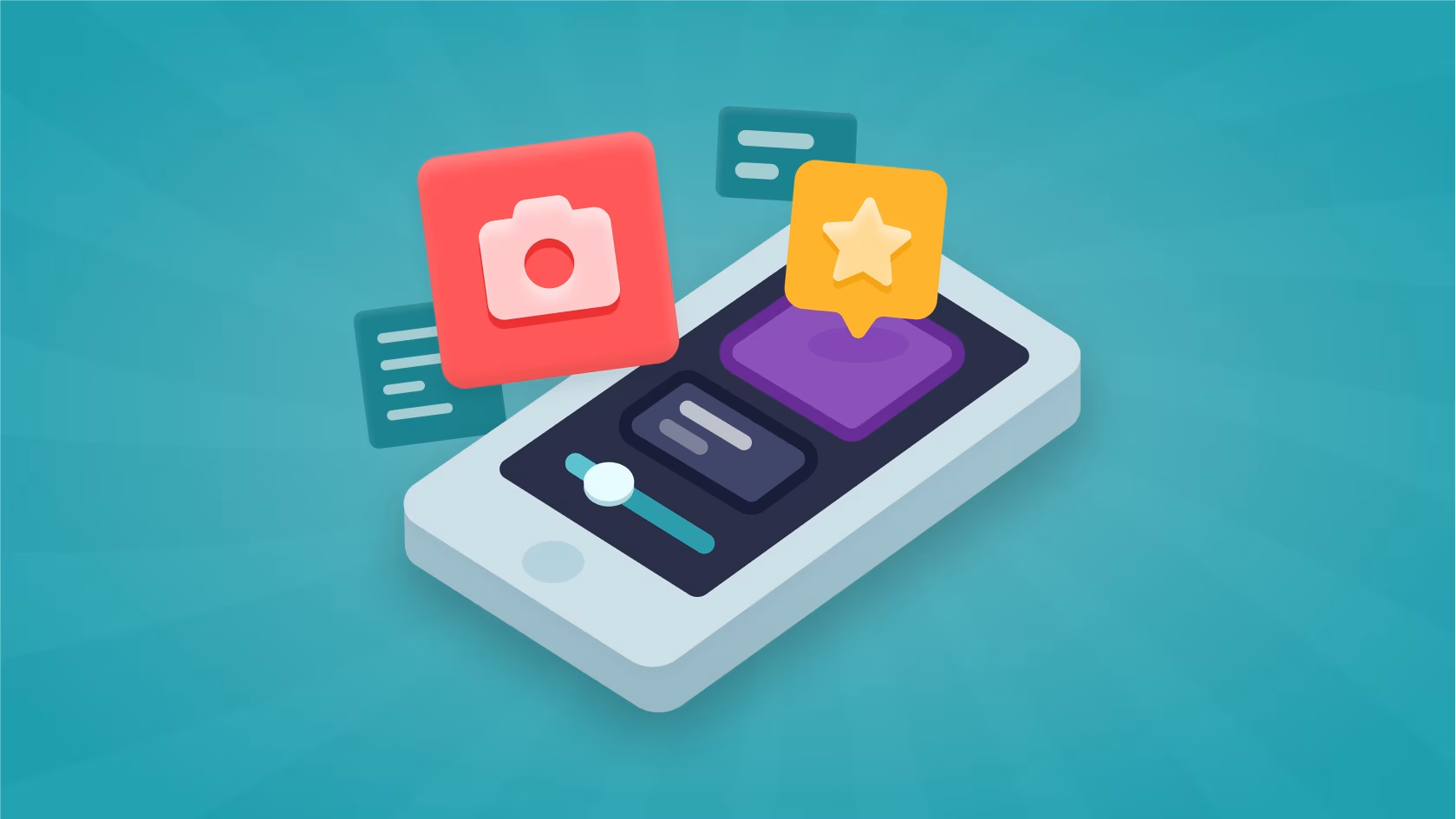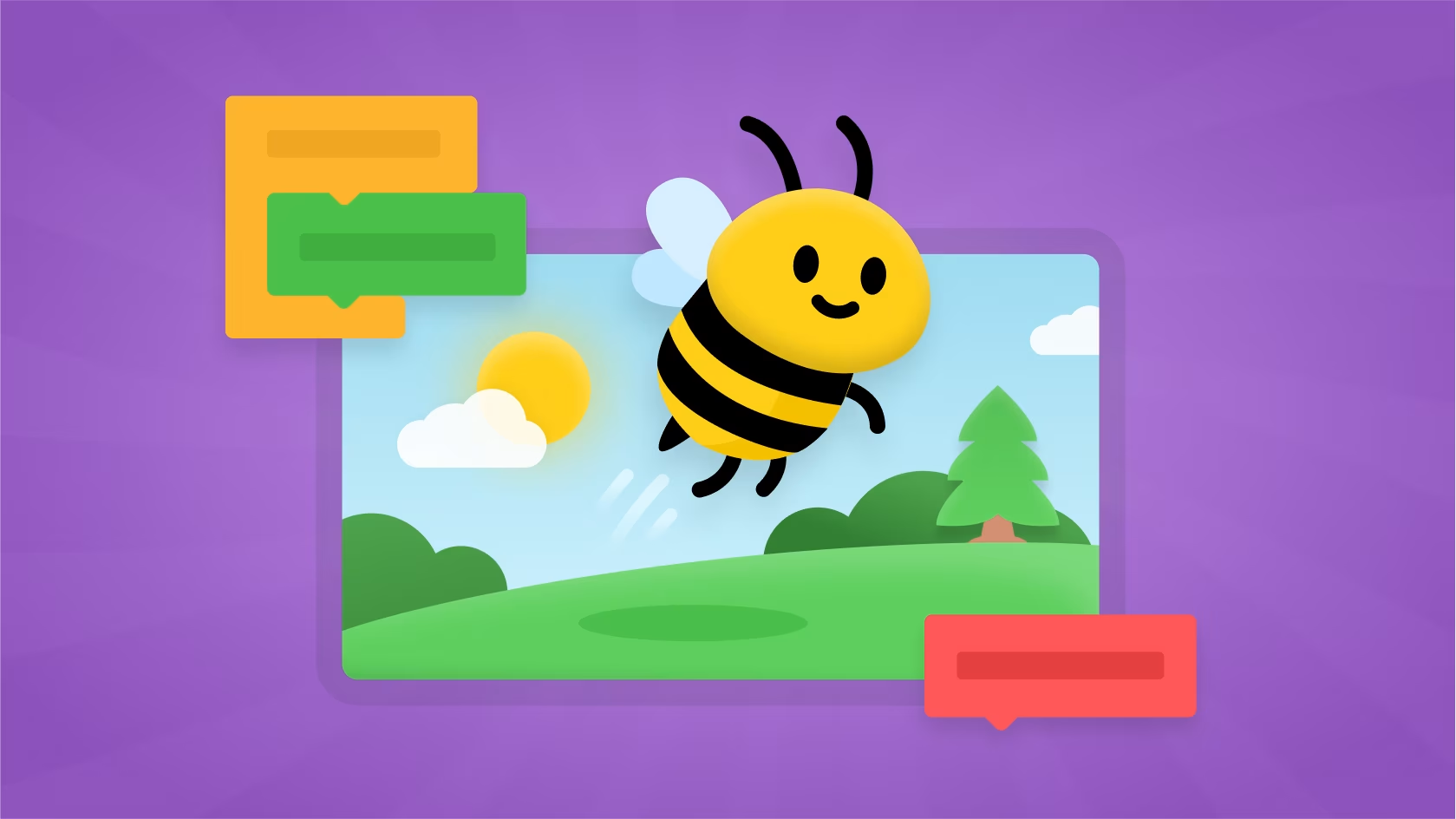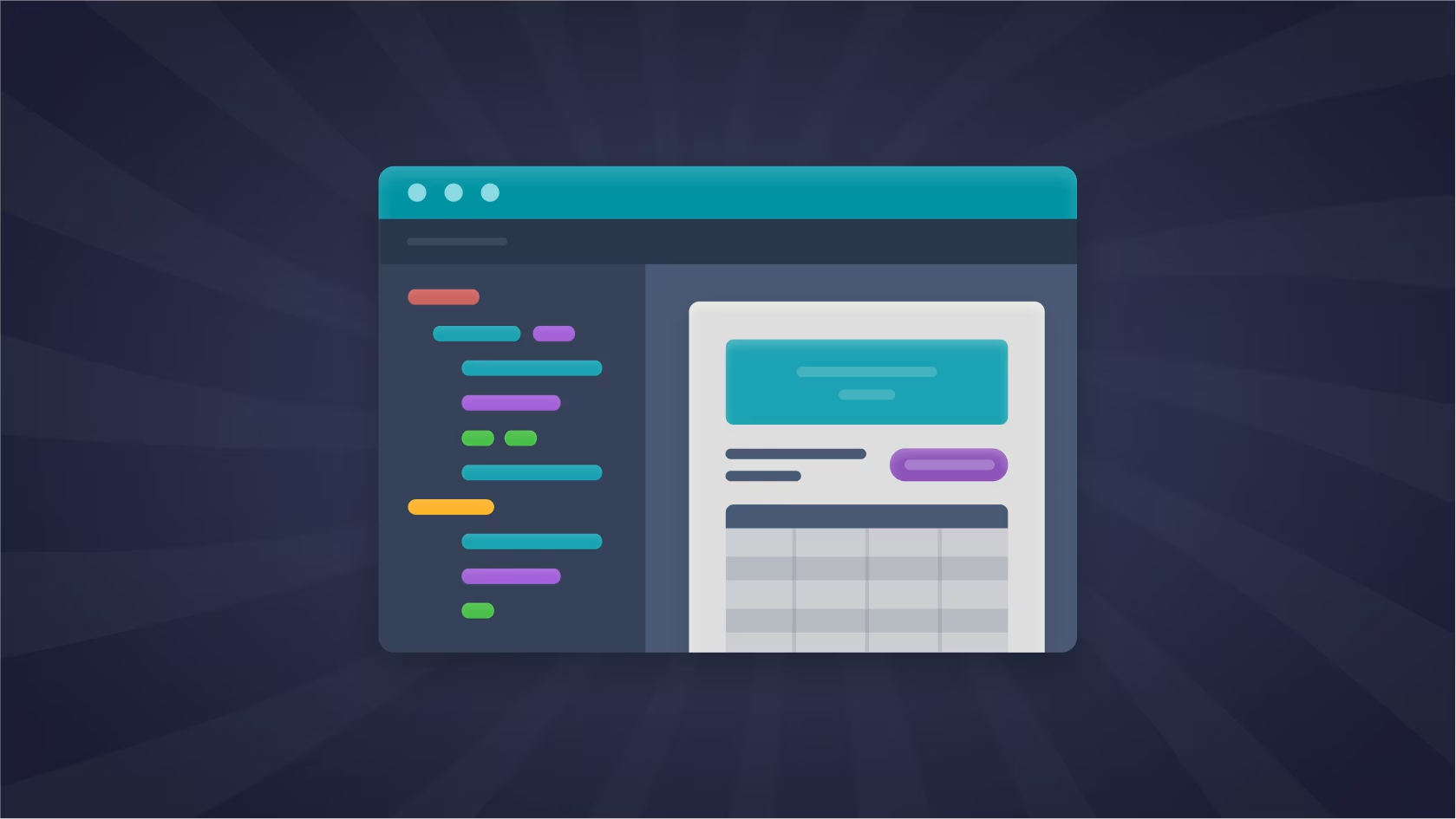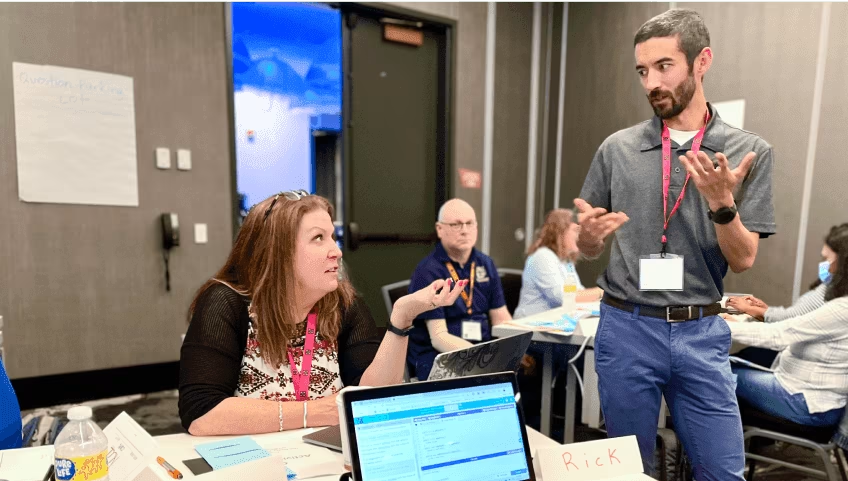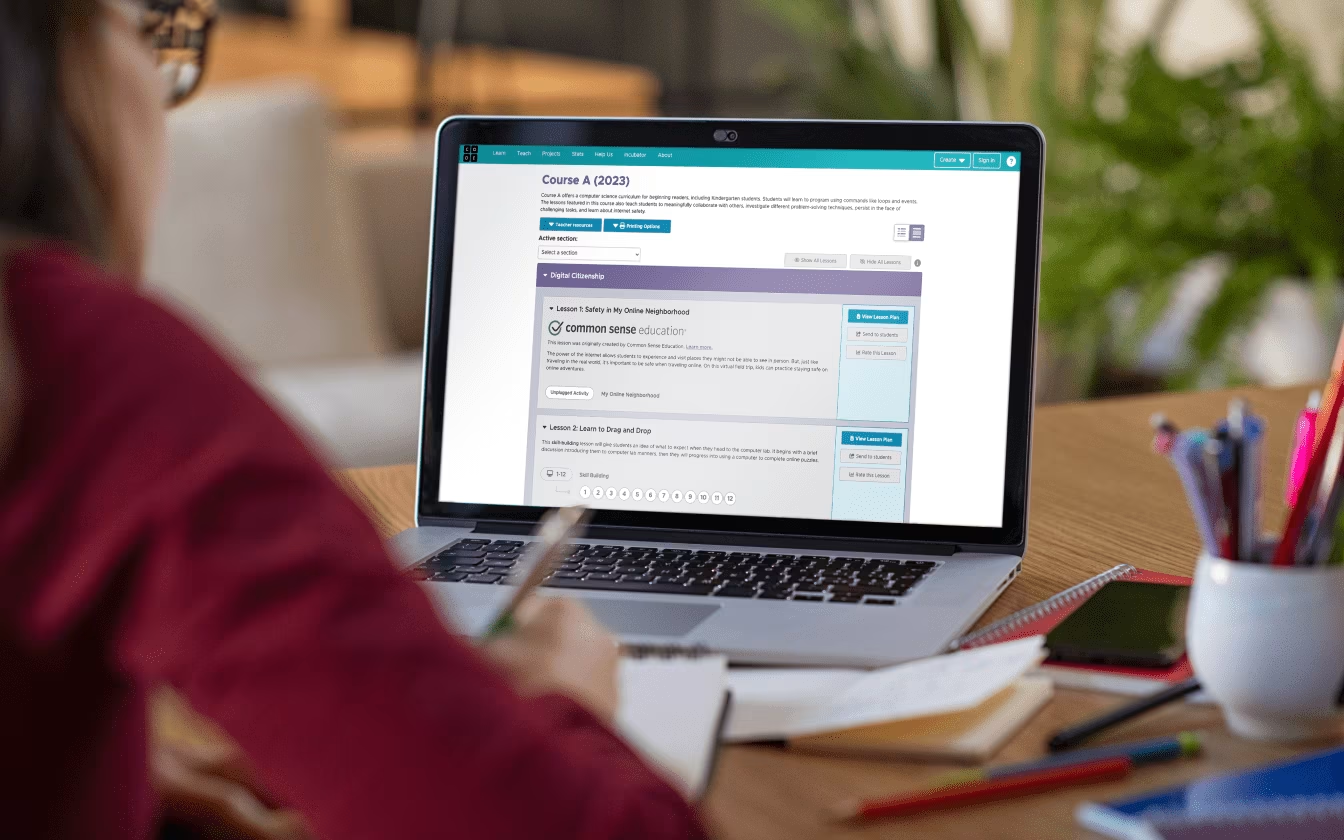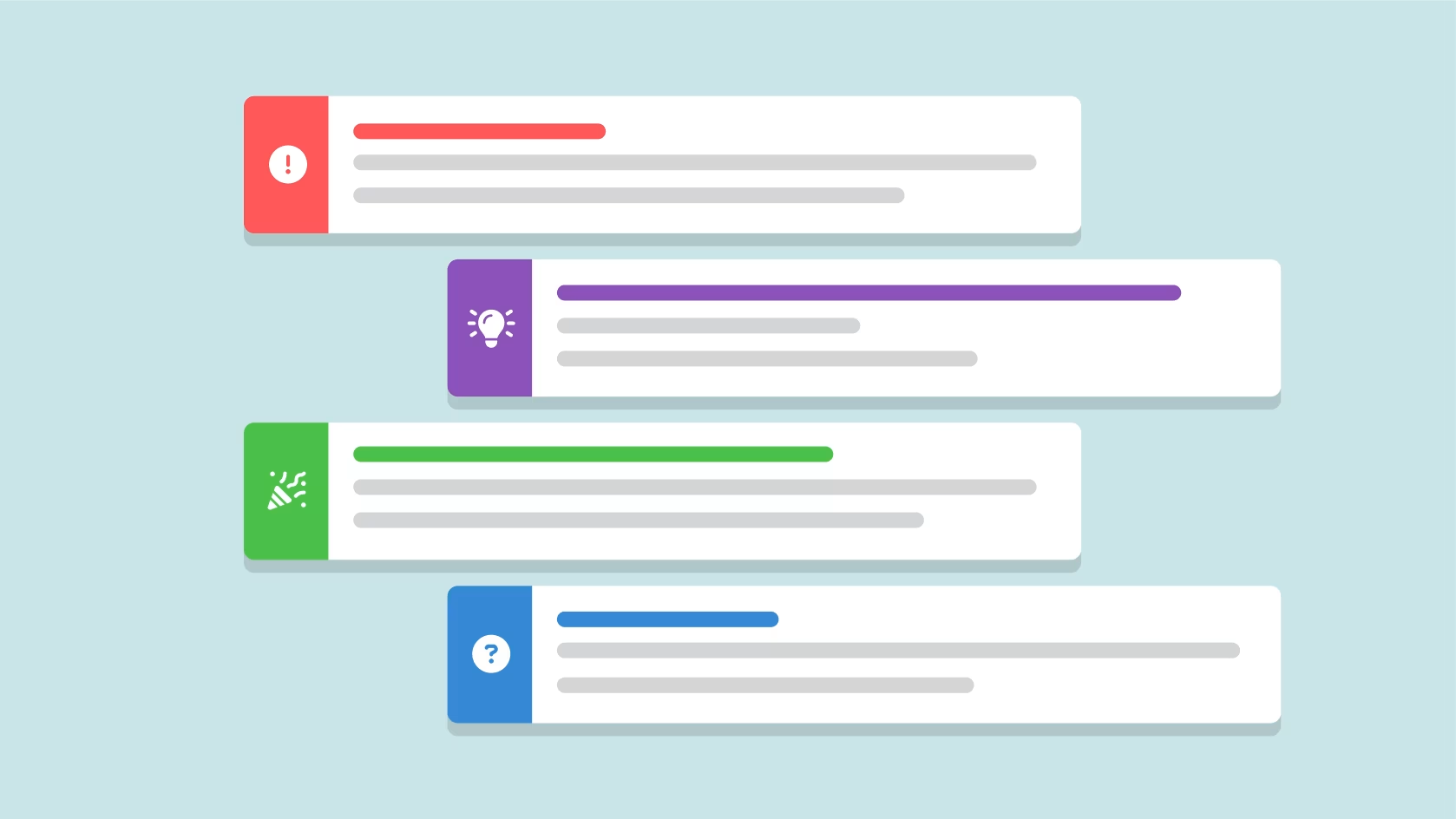Inspire your students’ futures with AI+computer science
Join millions of educators using our free AI+CS curriculum to inspire the next generation of innovators. Access full courses, training, and support — all at no cost.

Why teach computer science with us
Build foundational computer science skills
Like reading, writing, or math, computer science and AI literacy is foundational to enabling active participation in an increasingly digital society.
Understand a world changed by artificial intelligence
Help students explore how AI works and how to use it responsibly with engaging curriculum, training, and classroom-ready resources.
Unlock pathways and opportunities for all students
Introduce students to high-demand fields in computing, one of the fastest-growing and best-paying job sectors in the United States.
Leverage comprehensive teaching resources
Classroom-ready lessons and professional learning designed to support teachers at any experience level, in any school setting.
When you utilize Code.org's curriculum, you have everything there for you. It has the questions that you need to ask your students. It has the lessons that you need to teach and it gives you guidance on how to do it. So if you come in without any experience in computer science, it's there for you. If you have experience with computer science and teaching it before, it's going to give you a new way of approaching how to teach your students.
CS Discoveries Teacher

Free, engaging curriculum
Bring AI literacy and computer science to your school with our award-winning curriculum.

Why our curriculum?
- Free, flexible, and fun
- Updated yearly to support best practices
- New releases for in-demand topics
- Offerings in over 67 languages
- Mapped to at least one set of national standards (including CSTA, NGSS, and Common Core)
Curriculum offerings students love
There are so many amazing offerings to explore. Here are just a few of our new and popular offerings.
Resources that support you every step of the way
Sign up for an account to get access to materials that will help you teach AI+CS with confidence. We have extensive resources designed to support educators, even those without prior AI+CS teaching experience.
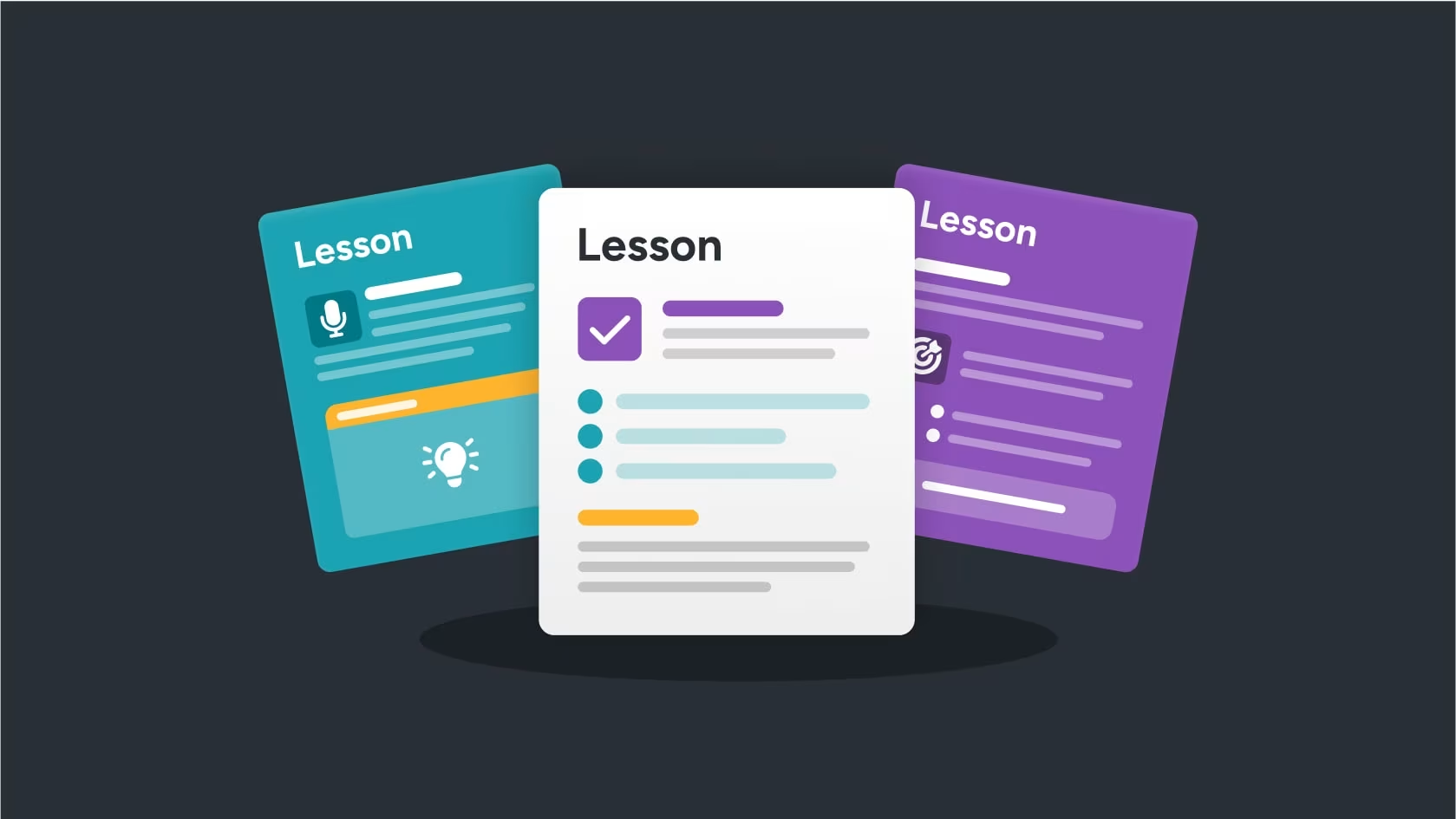
Lesson Plans
Get step-by-step guidance, learning objectives, and assessment strategies for effective teaching. Helpful resources include slide decks, activity guides, rubrics, and more — all organized in one place. Each lesson plan is accompanied by tips for classroom implementation, differentiation ideas, and extension activities to cater to students of all abilities.
Explore example lesson plan
Instructional videos
Watch easy-to-understand overviews of computer science and programming concepts. Code.org video series are designed specifically to support your classroom and are engaging and fun to watch.
Explore all videos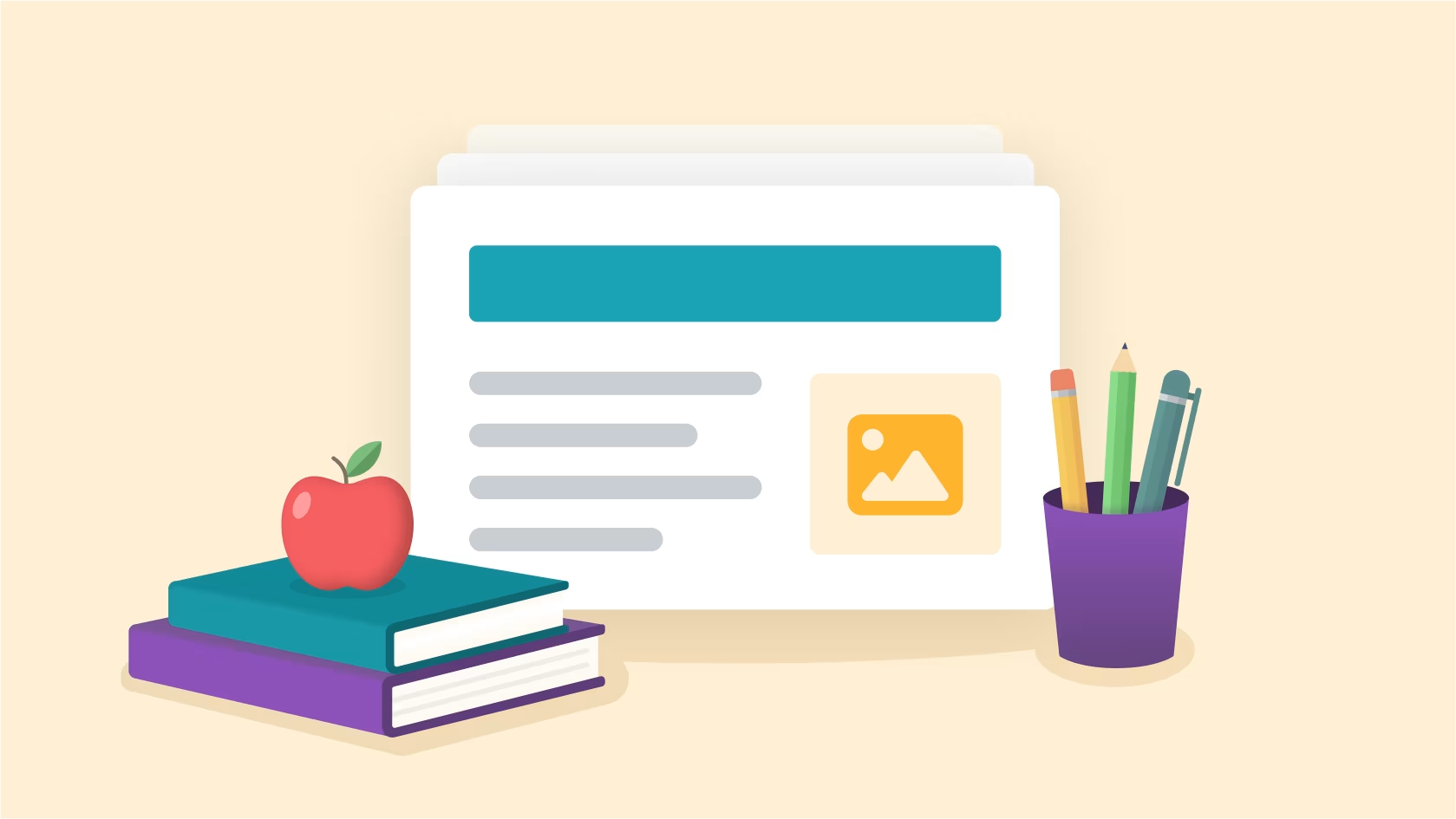
Slide decks
We offer educators an organized, visually engaging, and pedagogically sound framework to deliver computer science lessons. Code.org slide decks provide step-by-step instructions, examples, and interactive activities that align with curricular objectives.
Explore example slide deck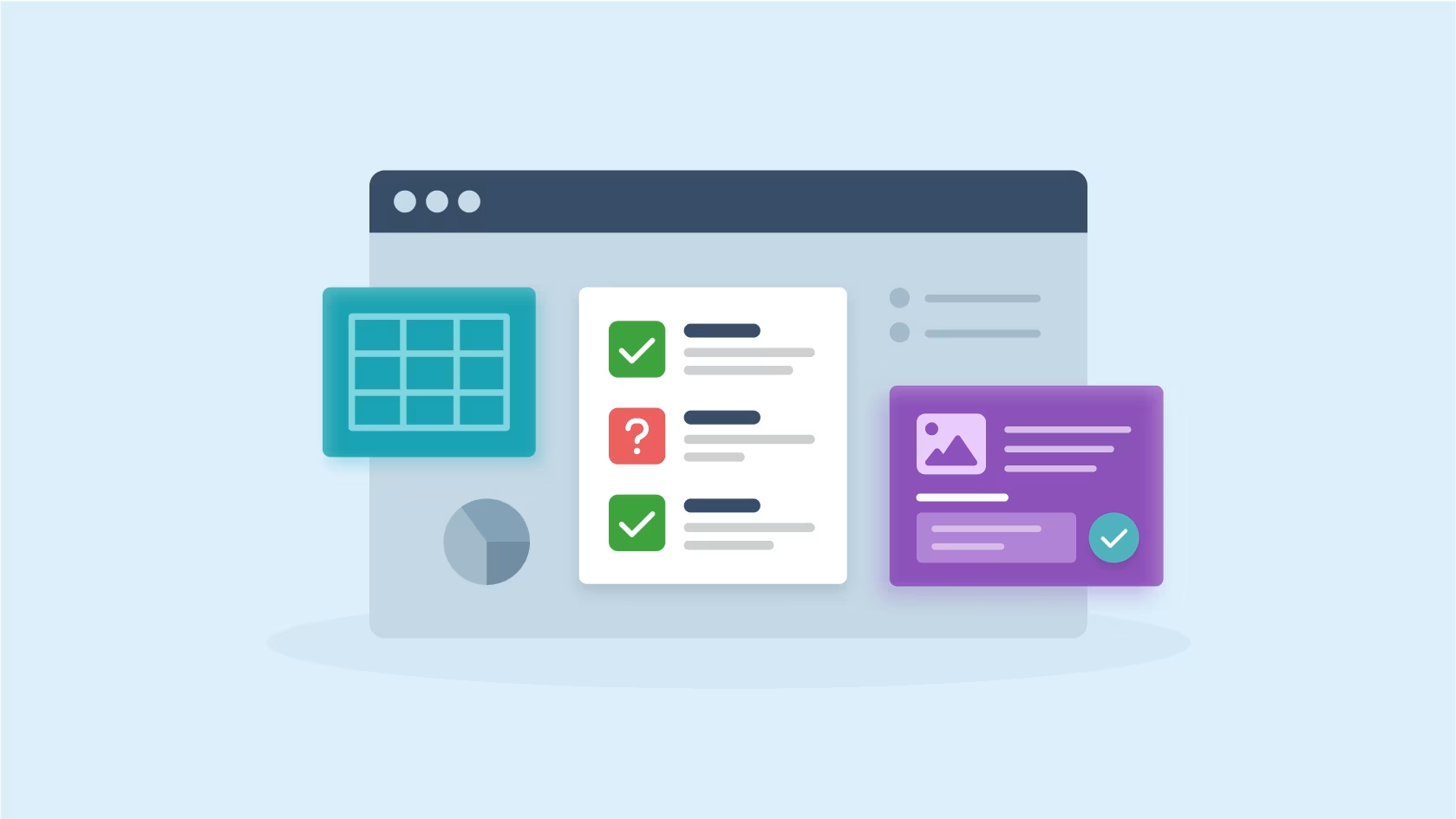
Assessments
Our curricula includes a comprehensive system of formative and summative assessment resources. These include rubrics, checklists, mini-projects, end-of-chapter projects, student-facing rubrics, sample projects, and post-project tests — all designed to support teachers in measuring student growth, providing feedback, and evaluating student understanding.
Explore an assessment lesson
Track your students' progress
Our powerful progress view helps you monitor student work by providing insights into completion status, time spent, and more. Easily track each student's learning journey, quickly assess participation, and give personalized feedback.
Sign up to start tracking progressLesson Plans
Lesson Plans
Get step-by-step guidance, learning objectives, and assessment strategies for effective teaching. Helpful resources include slide decks, activity guides, rubrics, and more — all organized in one place. Each lesson plan is accompanied by tips for classroom implementation, differentiation ideas, and extension activities to cater to students of all abilities.
Explore example lesson plan
Videos
Instructional videos
Watch easy-to-understand overviews of computer science and programming concepts. Code.org video series are designed specifically to support your classroom and are engaging and fun to watch.
Explore all videos
Slides
Slide decks
We offer educators an organized, visually engaging, and pedagogically sound framework to deliver computer science lessons. Code.org slide decks provide step-by-step instructions, examples, and interactive activities that align with curricular objectives.
Explore example slide deck
Assessments
Assessments
Our curricula includes a comprehensive system of formative and summative assessment resources. These include rubrics, checklists, mini-projects, end-of-chapter projects, student-facing rubrics, sample projects, and post-project tests — all designed to support teachers in measuring student growth, providing feedback, and evaluating student understanding.
Explore an assessment lesson
Progress
Track your students' progress
Our powerful progress view helps you monitor student work by providing insights into completion status, time spent, and more. Easily track each student's learning journey, quickly assess participation, and give personalized feedback.
Sign up to start tracking progress
Build your way with labs
Discover programming environments tailored to meet students at their level, empowering them to express their creativity and build more freely as they grow their programming skills.
Professional learning for all AI+CS skill levels
Paragraph
Facilitator-led Workshops
Our highly supportive Professional Learning Program will bring you together with a group of teachers to learn from each other as well as expert facilitators as you take on the first year of teaching the free curriculum to your students.
Explore workshopsSelf-paced Professional Learning
Through reading, viewing videos, completing interactive puzzles, and reflecting on your learning, you will develop your own understanding while preparing to teach computer science in your classroom.
Explore self-paced coursesTeacher Community
A forum for teachers to ask questions and share best practices, thoughts, ideas, and inspiration. Join a community of amazing educators around the world!
Join our teacher forumsSeamless LMS integration for simplified management
Our platform integrates seamlessly with leading LMS providers. Connect existing LMS classrooms to Code.org with one-click Roster Syncing, Single Sign-On, and integrated access to curriculum.




🖼️ Image placeholder. Please add an "Image" content type or image asset entry in the Content sidebar.
🖼️ Image placeholder. Please add an "Image" content type or image asset entry in the Content sidebar.
Additional resources
Paragraph
Careers and Opportunities
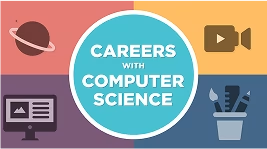
Discover real-world CS with resources that excite and inspire students. Explore career pathways through virtual field trips and hands-on activities.
Video Library

Explore our large library of engaging and informative videos to learn about key AI and computer science concepts on a broad range of topics.
Hour of AI
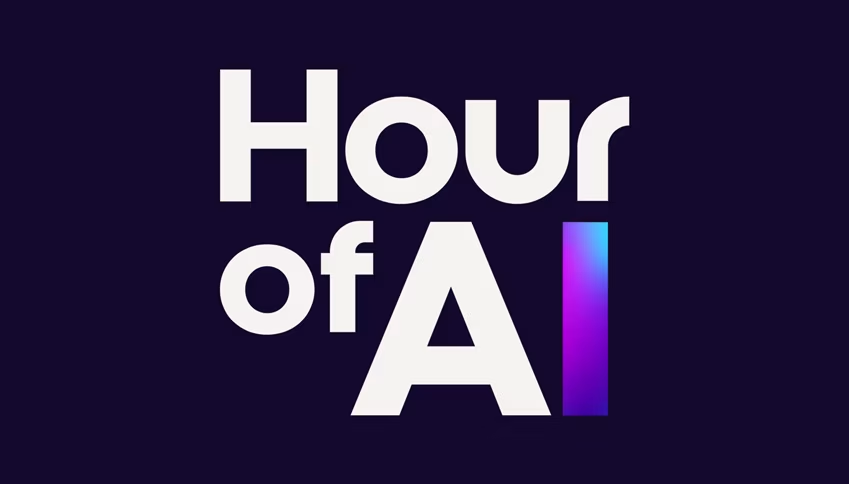
Looking for more short-form activities and resources for all age levels? Explore our library of Hour of AI activities and tutorials!
